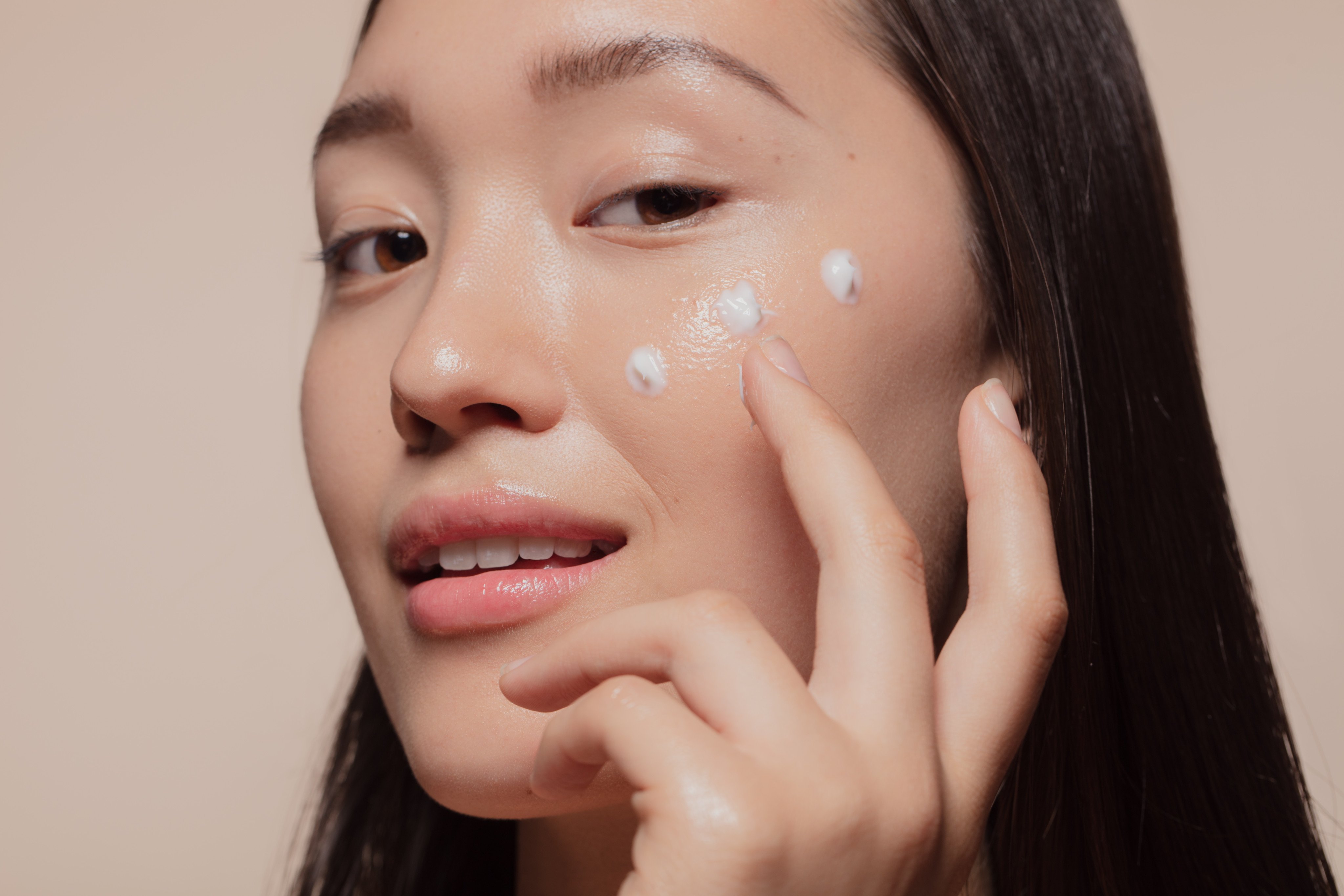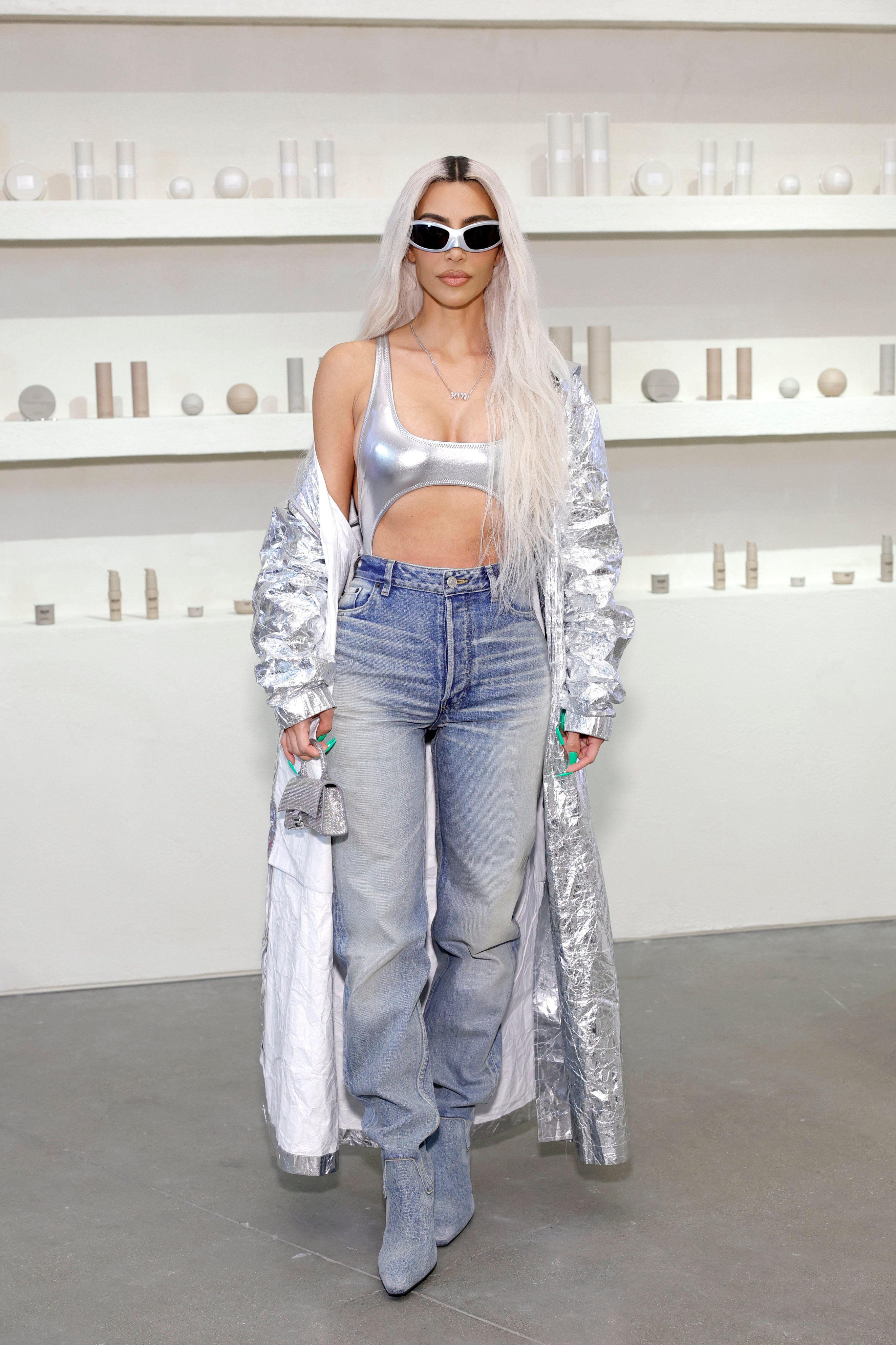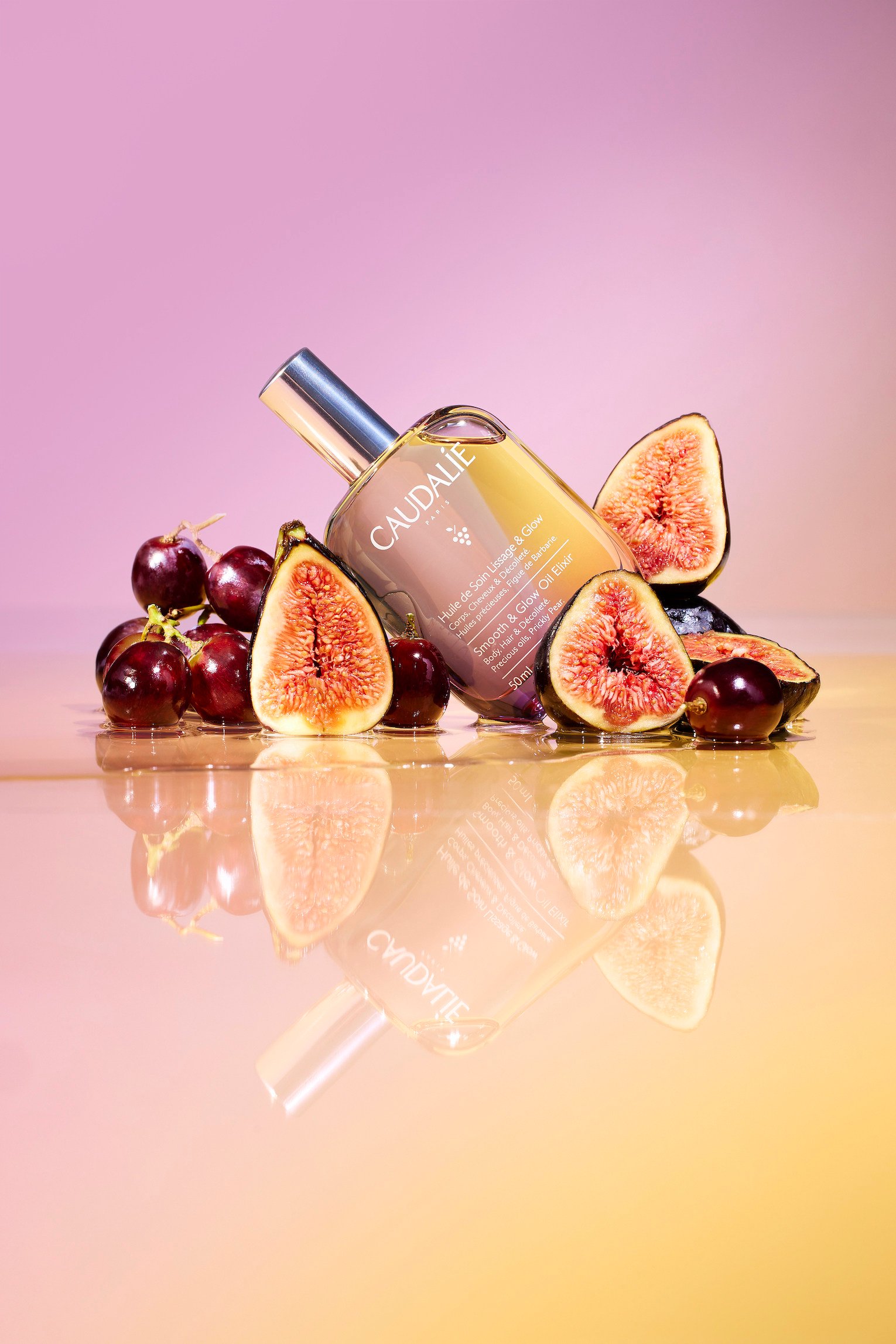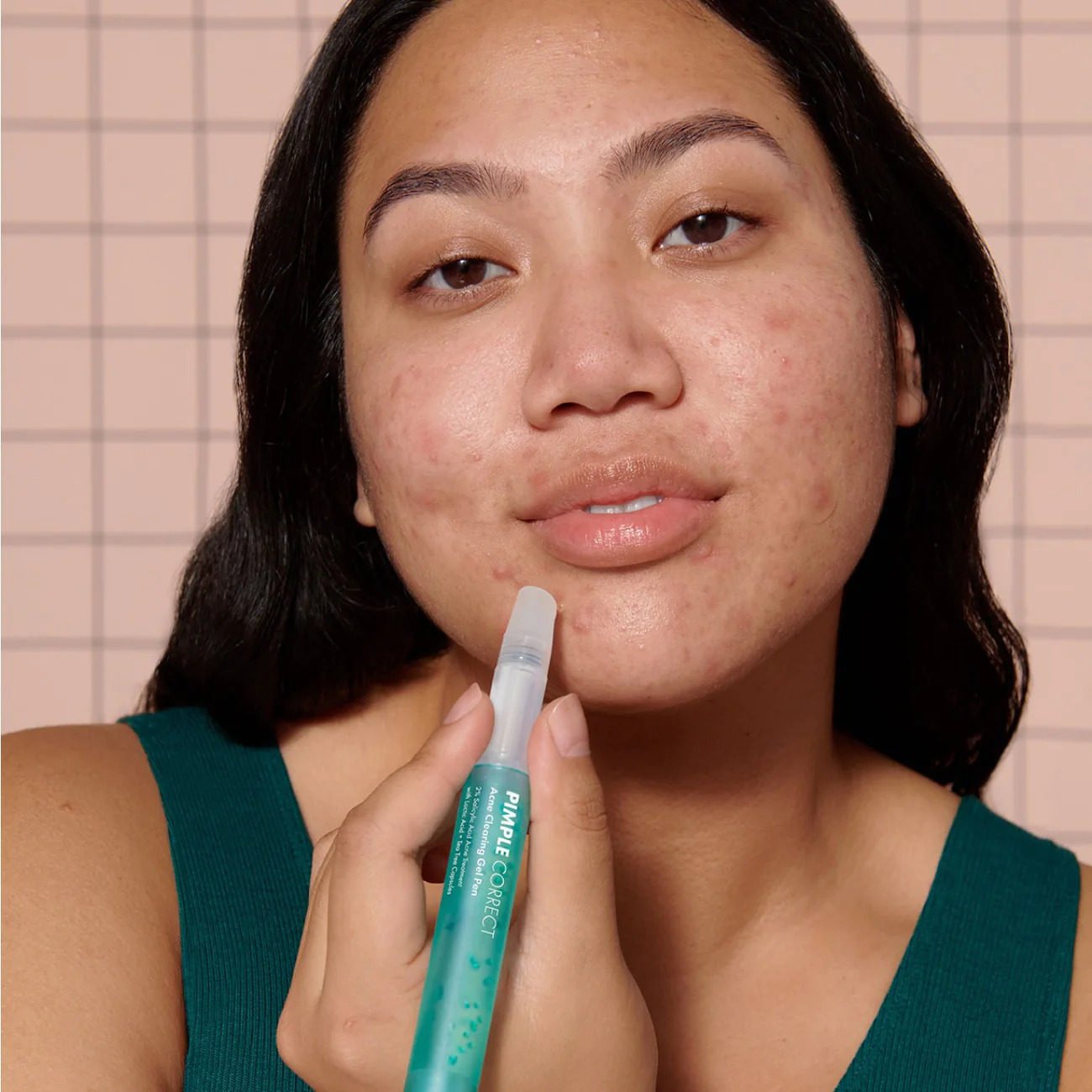Explainer / What are non-comedogenic cosmetics – and why should you use them? If you have acne or oily skin, skip make-up, skincare and other beauty products that form comedones, to stay clear and blemish-free

- Most of us know comedones as blackheads or whiteheads – those pesky spots and breakouts that occur when oil and dead skin cells clog our pores
- Avoid heavy oils, such as mineral or coconut oil, or silicones, often found in foundations, creams and cleansers – instead go for ingredients like hyaluronic acid, and remember to exfoliate
What is comedogenicity?

Comedogenicity refers to the potential of a substance, ingredient or product to clog your pores. In essence, it measures how likely a particular substance is to contribute to the formation of comedones, otherwise known as the stubborn little culprits responsible for bumps, breakouts and rough patches on your skin.
According to Hong Kong-based make-up designer and body painter Karen Yiu, “comedones are skin blemishes [that happen] when the pores of the skin become blocked with oil and dead skin cells”. They usually manifest in two primary forms: open comedones, also known as blackheads, and closed comedones, commonly referred to as whiteheads.
Blackheads are open comedones with a distinctly dark or black appearance, often found on the nose, chin and forehead. They form when pores clog with a mixture of dead skin cells, sebum, and bacteria that oxidises and turns black when exposed to air. Conversely, whiteheads form when the pore becomes clogged but the surface remains sealed, meaning they’re considered closed. Unlike blackheads, whiteheads do not oxidise and, as a result, do not change colour.

Yiu explains that when a product is labelled as non-comedogenic, it means it’s specifically formulated to avoid blocking or clogging pores, “so if you have acne or oily skin, you should choose non-comedogenic make-up products”. Non-comedogenic products are formulated with the specific intent of reducing the risk of forming comedones, a feature that’s especially important for individuals prone to acne or those with sensitive or easily irritated skin.
Ingredients to watch out for











